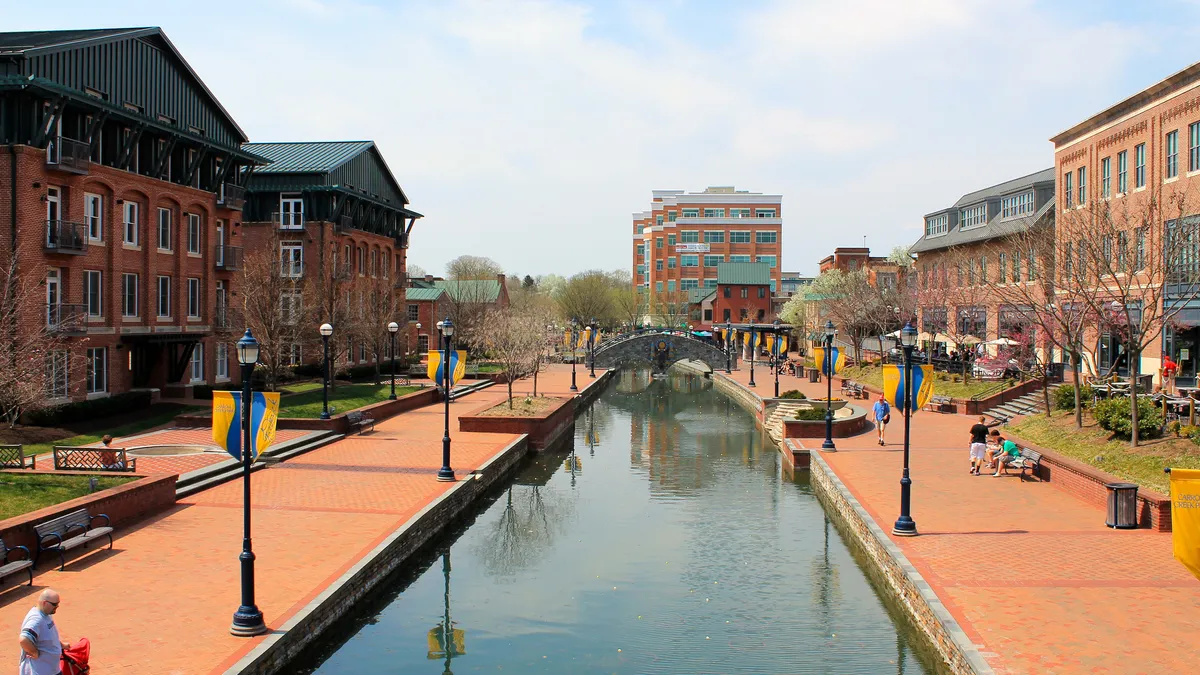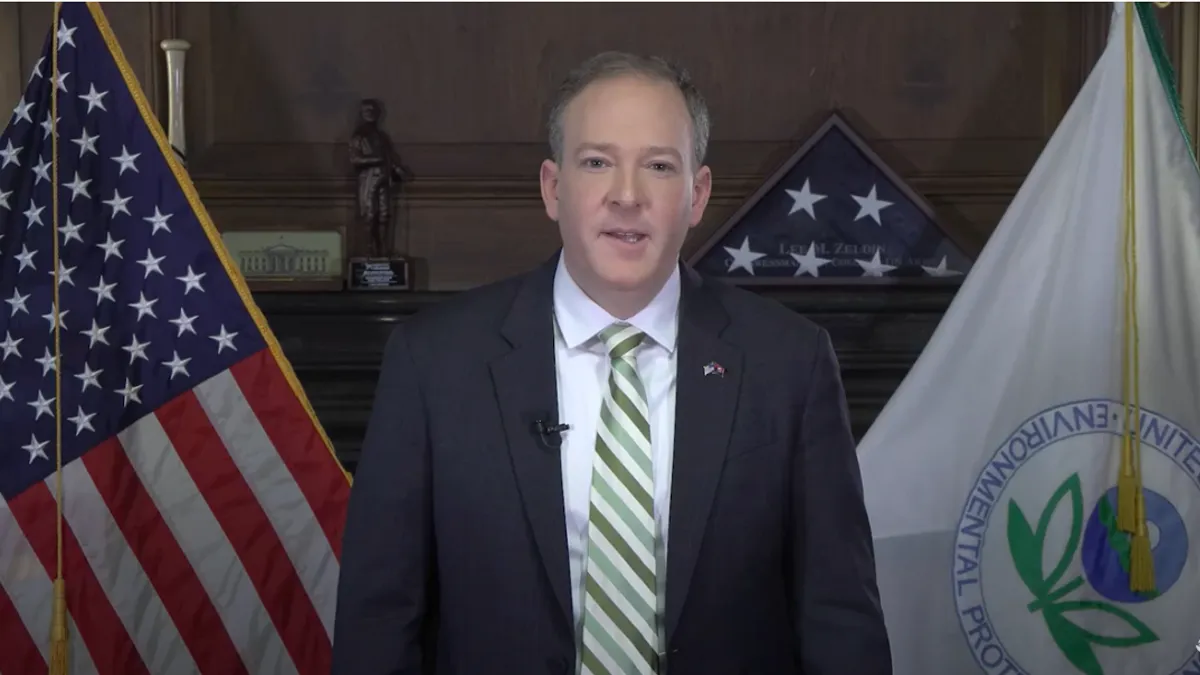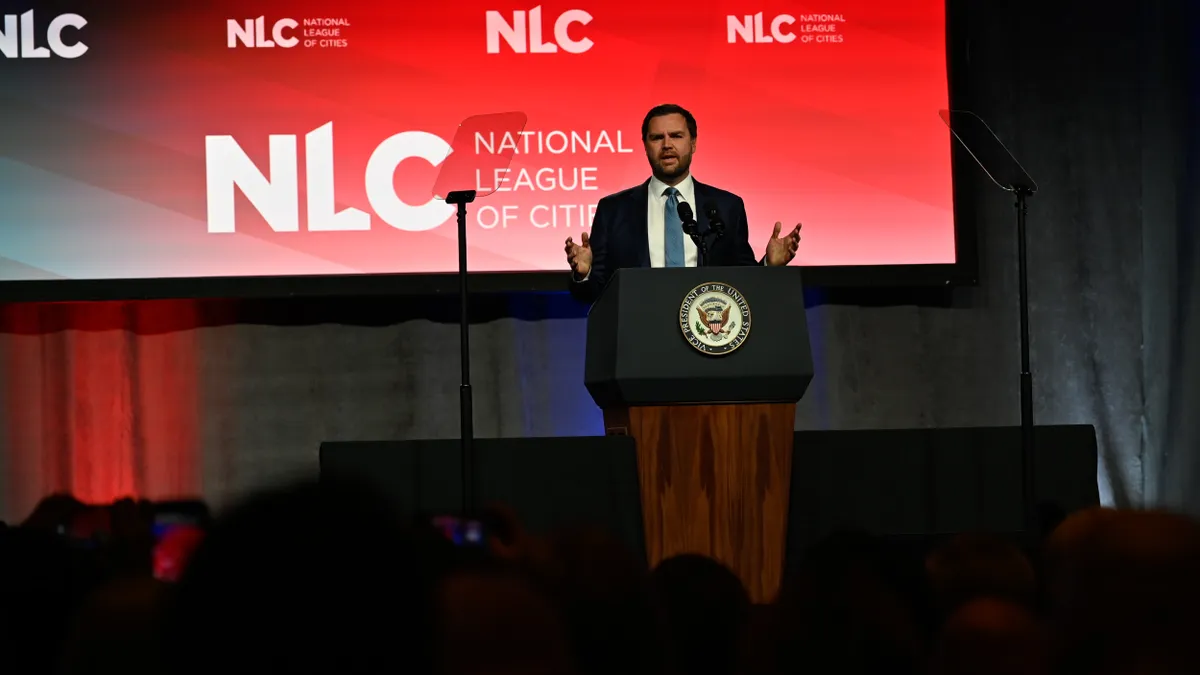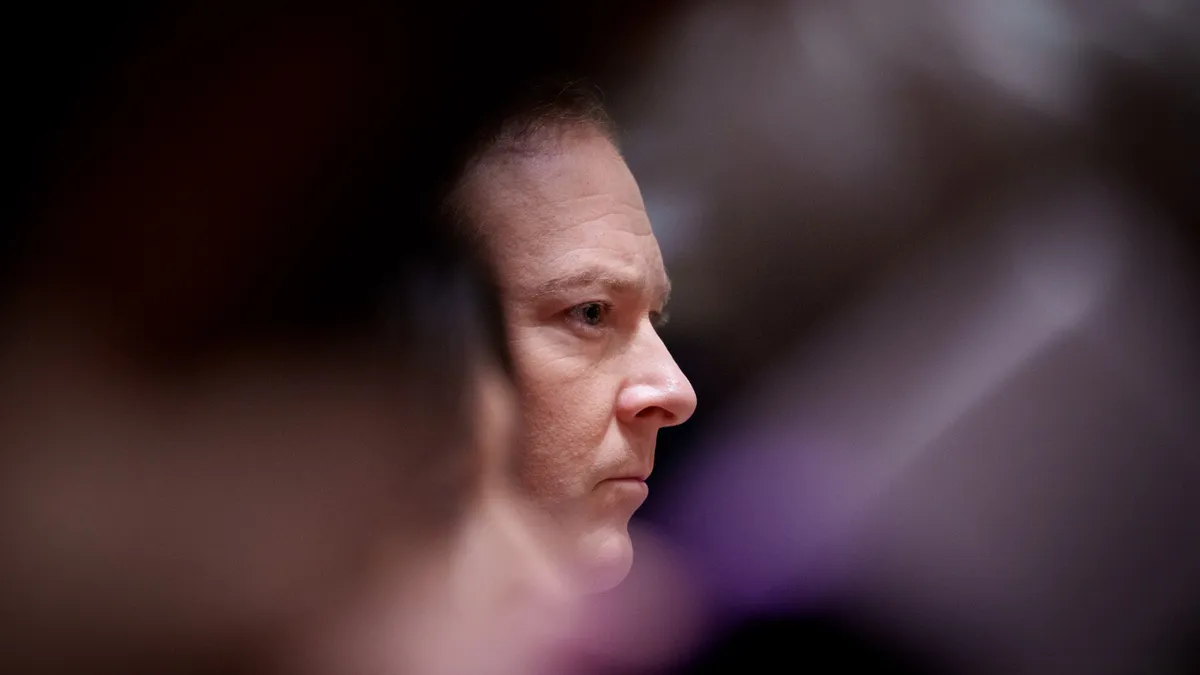Smart cities might are often defined by technology like autonomous vehicles, IoT and sensors, but cities can smarten up in some low-tech ways, too.
Here are some ideas that cities can pursue to enhance quality of life and connectivity for citizens — without a wireless signal or camera sensor.
Free libraries
Little Free Libraries, founded by Todd Bol in 2009, are fanciful boxes filled with books stationed at the edge of a private property so that passers-by can feel free to browse and take a book, or leave one. With over 50,000 books in 70 countries and all 50 states, Little Free Libraries write on their site that they “play an essential role by providing 24/7 access to books (and encouraging a love of reading!) in areas where books are scarce.”
Little Free Library, however, isn’t actually free. They licenses the name “Little Free Library” to users ($40 per box). While offering free instruction to build boxes, the non-profit organization also sells models that range from $65 to $2,500. But they also rely on financial supporters. The Women’s National Book Association (WNBA) gave Little Free Library their Second Century Prize, an award for a nonprofit organization that promotes literacy and fosters lifelong reading habits. They’ve also won the Library of Congress Literacy Award for their best practices in literacy and reading promotion.
Access to books, including from tiny, accessible libraries, has been shown to encourage readership — which can have a direct tie to increased civic engagement.
Playgrounds
Over 80% of US children live in urban areas, where play space is at a premium. Studies suggest that watching TV or engaging with devices takes a toll on children's mental and physical health, and academic achievement. Enter groups and parents working in cities making sure there are spaces for face-to-face activity.
KaBOOM! is a nonprofit that works to bring active play into the daily lives of kids, particularly those growing up in poverty. They’ve built or improved 16,700 playgrounds and offer online resources on how to build a playground. In 2016, they launched the Play Everywhere Challenge, a competition with $1 million in prizes to 50 winners across the U.S. that are bringing play to everyday spaces.
Others just take the initiative on their own, especially around adventure playgrounds, which have moveable parts and more freedom to build, not just use. Parents frustrated about their children not getting to actually play at playgrounds started play:groundNYC. That playground includes 50,000 square feet of space with “materials for building, exploring, imagining and destroying.” They even provide tools like nails, hammers and saws, paint, tires, wood and fabrics.
Sunscreen
Almost 90% of skin cancer is due to sun exposure and over the last 30 years, more people have had skin cancer than all other cancers combined. And it’s not just happening on beach vacations or sunny days, but on cloudy days going to work, when most people don’t think they need to put on sunscreen. Brightguard is a company aiming to reduce skin cancer and sun damage by supplying free and effective sunscreen dispensers all over the U.S.
Brightguard is partnering with the likes of school districts, city governments, nonprofits and sports stadiums to provide these sunscreen dispensers. Currently they have about 2,000 installed, with the aim to reduce melanoma rates by 20% by 2025.
Their pilot program in New England was already credited as a leading factor in the reduction of skin cancer rates there. They’re working especially hard to get into schools so children can learn the habit early. At $70 a dispenser with minimal upkeep, it’s an easy way for cities and governments to tackle a public health problem.
Placemaking
Creative placemaking sometimes includes technology, but could be as simple as a mural or landscaping project.
There are plenty of resources for cities trying to figure it out. The National Endowment of Arts has the Our Town grant that funds projects. ArtPlace America is a 10-year old collaboration between foundations, federal agencies and financial institutions that “works to position arts and culture as a core sector of comprehensive community planning and development in order to help strengthen the social, physical, and economic fabric of communities.”
There are one-off projects by locals that grow into more, too. The CoSign project, started in a Cincinnati neighborhood, commissioned artists to put in beautiful signage to makeover a neglected block. Investing in public spaces has been shown to increase civic engagement and citizen pride.
But it’s not just what is traditionally thought of as art. Many cities give away trees or have free planting services that residents or blocks can take advantage of to greenify their streets. Beyond being pretty, planting trees helps mitigate the heat island effect. Being in the presence of trees, an activity the Japanese call “forest bathing,” has shown health benefits.


















